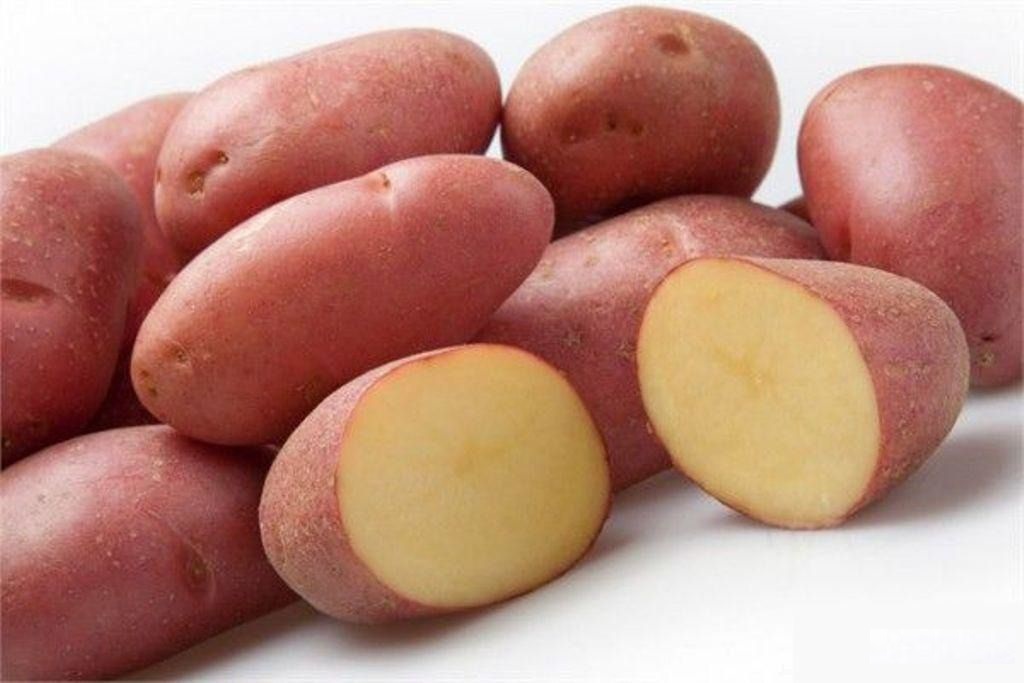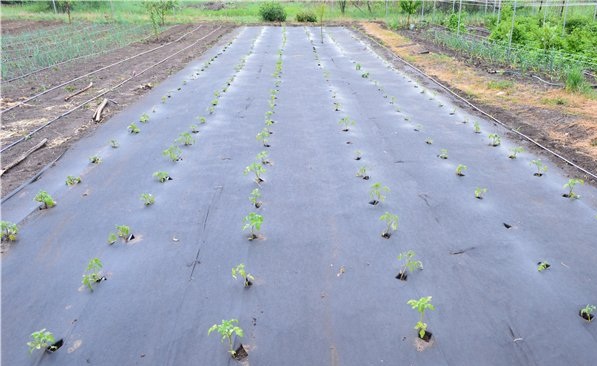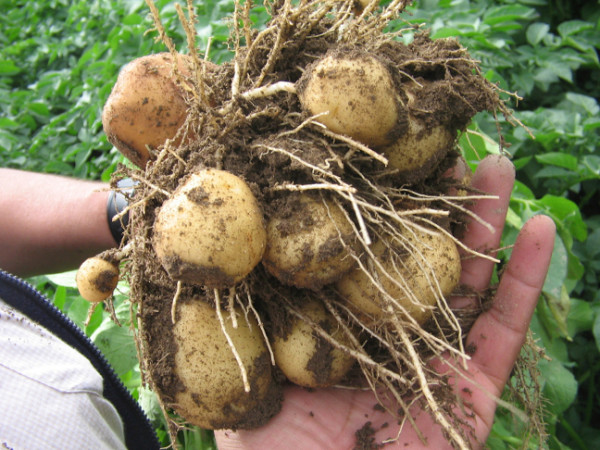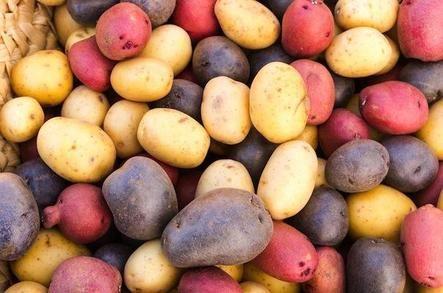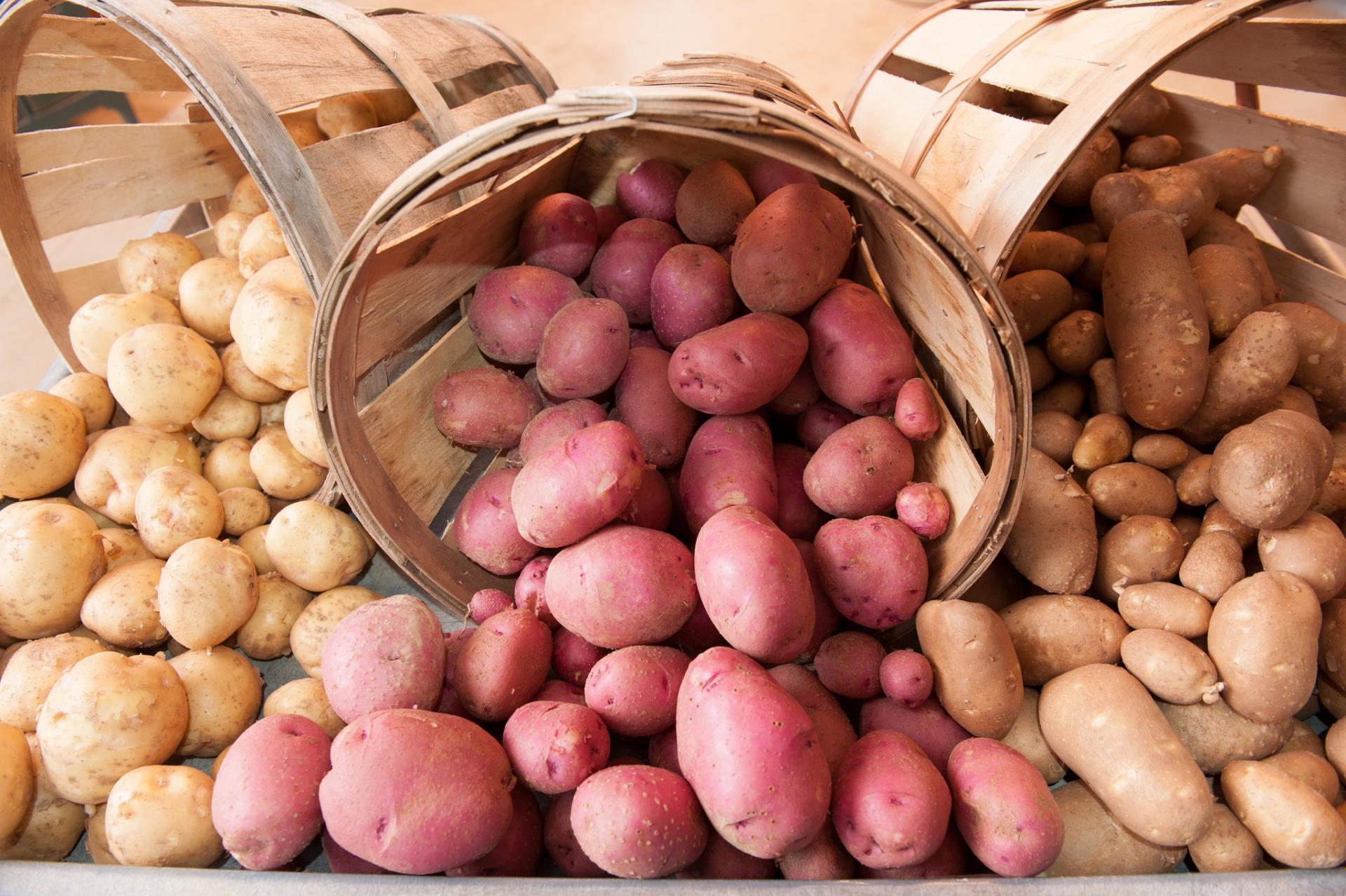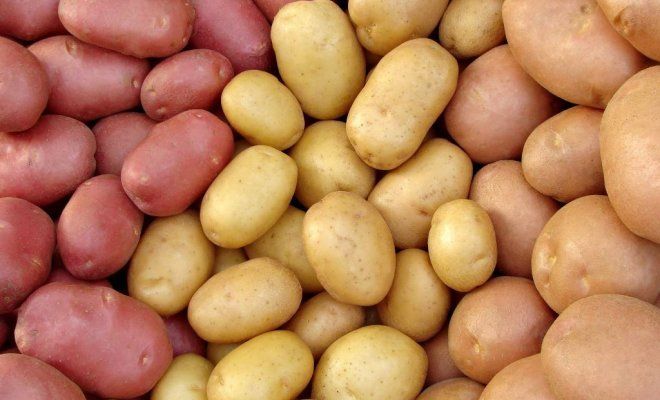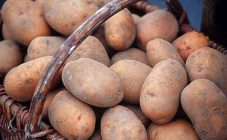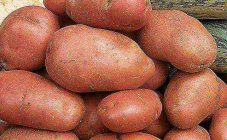Potatoes are the main crop cultivated in Russia. This is no coincidence, since various potato dishes form the basis of the diet of most of the inhabitants of our country. The good preservation of the tubers allows to eat potatoes throughout the year. Nevertheless, fresh potatoes are considered the most delicious and healthy, therefore early ripening varieties are very popular among summer residents.
Benefits of early varieties
Early potatoes quickly lose moisture due to their thin skins, so they have a short shelf life. It is grown for food in the summer or for sale. Depending on the timing of ripening, varieties are divided into ultra-early (40-60 days), early-maturing (60-70 days) and mid-early (70-85 days). It is important to correctly count the ripening dates. The starting point is not the day of planting, but the day of emergence.
Ultra-early potatoes can be planted at the end of April, when the soil has warmed up to 10 ° C, excellent for the south of Russia, as it has time to ripen before the onset of heat. Early ripe potatoes are prepared for planting at the end of April and are planted in early May. The advantage of these varieties is that they tolerate winter storage well. Mid-early potatoes are excellent for livestock feed.
Popular early potato varieties by maturity
| Harvest timing | Examples of varieties |
|---|---|
| Ultra early | Lapis Lazuli, Fresco, Ariel, Caprice, Uladar, Fidelia, Impala, Ranomi (Rono), Bellarosa |
| Early ripe | Romano, Zhukovsky early, Spring white, League, Sante, Bullfinch, Duckling, Luck, Timo, Rosara, Karatop, Latona |
| Medium early | Sineglazka, Nevsky, Fun, Red Scarlet, Gala, Adretta, Breeze, Visa, Odyssey, Rocco, Scarb, Tuleyevsky, Condor |
Description of the best varieties
Breeders are constantly working to improve the characteristics of varieties, every year there are more and more varieties. Which variety should you choose for your garden plot? Among all the varietal variety, there are recognized leaders who are universal for any region. You can buy planting material in nurseries, farms and agricultural firms.
The best varieties of early potatoes with a description
| Name | Specifications | Features: |
|---|---|---|
| Ariel potatoes | Productivity - 220-490 kg / ha; Tuber mass - 80-170 g; Country of origin - Holland; High resistance to diseases and pests | It is possible to get 2 crops per year; Demanding on soil nutrition |
| Impala potatoes | Productivity - 180-360 kg / ha; Tuber mass - 90-150 g; Country of origin - Holland; Possible infection with late blight, scab | Pre-germination is recommended; Planting in cold soil is not allowed |
| Potatoes Zhukovsky early | Productivity - 400-450 c / ha; Tuber mass - 100-120 g; Country of origin - Russia; Resistant to all diseases | Not picky; Does not form berries; Germinates at low temperatures |
| Potato Luck | Productivity: 430 - kg / ha; Tuber weight - 100-150 g; Country of origin - Russia; Possible defeat by late blight, Alternaria, golden nematode | It tolerates drought and high humidity well; Adapts well to different soils |
| Ranomi potatoes | Productivity - 286-418 kg / ha Tuber mass - 200 g; Country of origin - Holland Scab and nematode resistant | Perfect appearance; Maximum marketability - 98% |
These are the most suitable varieties for all weather conditions, and give an average yield throughout. However, there are varieties that give good or bad performance, depending on the region of planting:
- Early ripening potatoes for the Urals. Choosing the right variety in this region is very important as it is located in 3 climatic zones. Much attention is paid to indicators of frost resistance. Early potato varieties are popular here due to the short summer period. The following varieties are recommended for planting: Riviera, Timo, Vinetta, Rosara;
- Early ripening potatoes
in Siberia. The climate of Siberia is characterized by sharp temperature fluctuations: short summer period, frequent spring and autumn frosts. Therefore, for this region, zoned varieties are in great demand. Ultra early varieties are most relevant here: Alena, Uralsky early, Ermak; - Early ripening potato varieties, suitable for the Northwest. Long winters and short summers (often cold) are the result of the influence of the continental climate and cyclones from the Arctic and Antarctic. Due to the unpredictability of the weather in the summer, it is recommended to plant several varieties at once. The greatest attention should be paid to elite varieties that are not susceptible to diseases: Adretta, Vesna white, Karatop, Latona, Liga;
- Early ripening potatoes for the Moscow region and Central Russia. The duration of the summer season in this region is short, and sometimes it gets cold. Soils in the Moscow region are not very fertile, so you should make a choice in favor of unpretentious varieties: Bellarosa, Rosara, Condor, Tuleyevsky.
Care features
The methods of growing early potatoes are the same as for late varieties, but there is also its own special technology - growing under agrofibre:
- In the fall, the earth is dug up and fertilized with fresh manure, and high beds are immediately formed. In the spring, after the snow has completely melted, the beds are covered with a film, until the moment of planting;
- At the end of March, seed early potatoes are laid out in 1 layer for germination at a temperature of 20˚С. This stage takes about 1 month;
- The beds prepared in the fall must be loosened and furrows formed for planting (depth - 15 cm, distance between furrows - 30 cm). The furrows should be sprinkled with ash;
- Seedlings are placed in furrows at a distance of 10 cm from each other. If several different varieties are used, then you need to make some kind of separator so as not to get confused in the future. The laid potatoes are covered with earth, there is no need to compact the soil, this will interfere with the normal growth of plants;
- The beds are covered with agrofibre, but not tightly. Agrofibre is a material that allows air and moisture to pass through, but does not let the sun's rays through. Thanks to this, weeds do not grow under the covering material, so weeding is not necessary. Frequent watering is also not needed, since the material is able to retain moisture for a long time;
- When the potatoes sprout, you need to cut the tops.
Traditional ways of growing and grooming include the following steps:
- Loosening promotes rapid soil heating and facilitates plant growth. The first loosening is carried out before the emergence of shoots, 10 days after planting. In the phase of active growth, loosening should be repeated 2-3 times;
- It is very important to remove weeds on a regular basis, as weeds take up a lot of nutrients and moisture;
- Maintaining soil moisture. Depending on weather conditions, watering must be carried out in a timely manner, the soil must be moistened to a depth of 20 cm;
- Hilling helps to protect the young plant from frost. The first time hilling is carried out when the seedlings reach 10 cm in height, after 2 weeks the procedure is repeated;
- Ultra-early potato varieties respond very well to soil mulching, as it creates a favorable microclimate and maintains soil moisture. Mulching consists in sprinkling the soil with a layer of peat 3 cm thick.
Early ripening of potatoes is a definite plus for summer residents.Already in the middle of summer, you can pamper yourself with mashed potatoes from young tubers for dinner. You can eat boiled young potatoes with skin. The early varieties have a very delicate peel and contain a lot of vitamin C. These varieties are suitable for growing in almost any conditions. Compliance with agricultural techniques will certainly give a quick positive effect and a good harvest.
